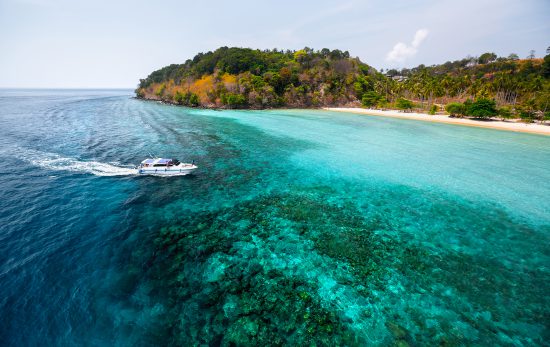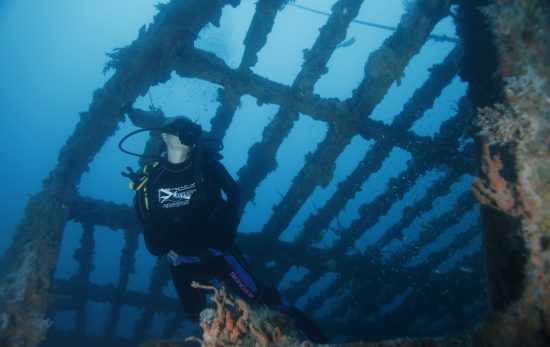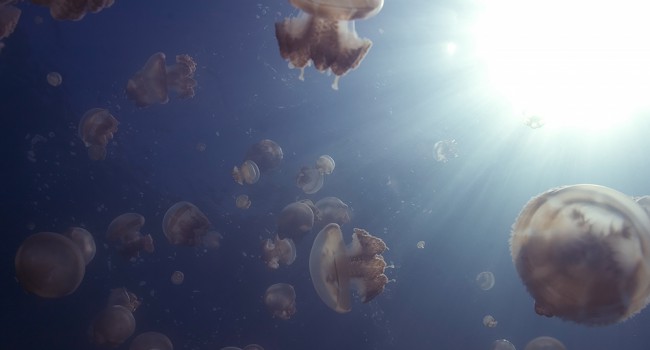Diving doesn’t get any better than feeling as invisible as possible. Especially when it comes to close encounters with marine life. The best way to do this: through a closed-circuit rebreather (CCR).
Recently, Rolex’s North American Our World-Underwater Scholar Yann Herrera Fuchs decided to get in on the action. “Rarely does one get the chance to experience the underwater world in a setting that is bubble-free and almost silent,” he says.
Thanks to the innovations of today’s CCR units and the PADI Tec 40 CCR course, divers can breathe recycled and refreshed air which results in a long list of benefits that include:
- Breathing the optimum gas mixture for the diver’s depth.
- Close encounters with marine life.
- Recycled air is moist and warm which prevents dry throat/mouth.
- Warmer body temperatures.
- Potentially longer allowable bottom times with more time to explore.
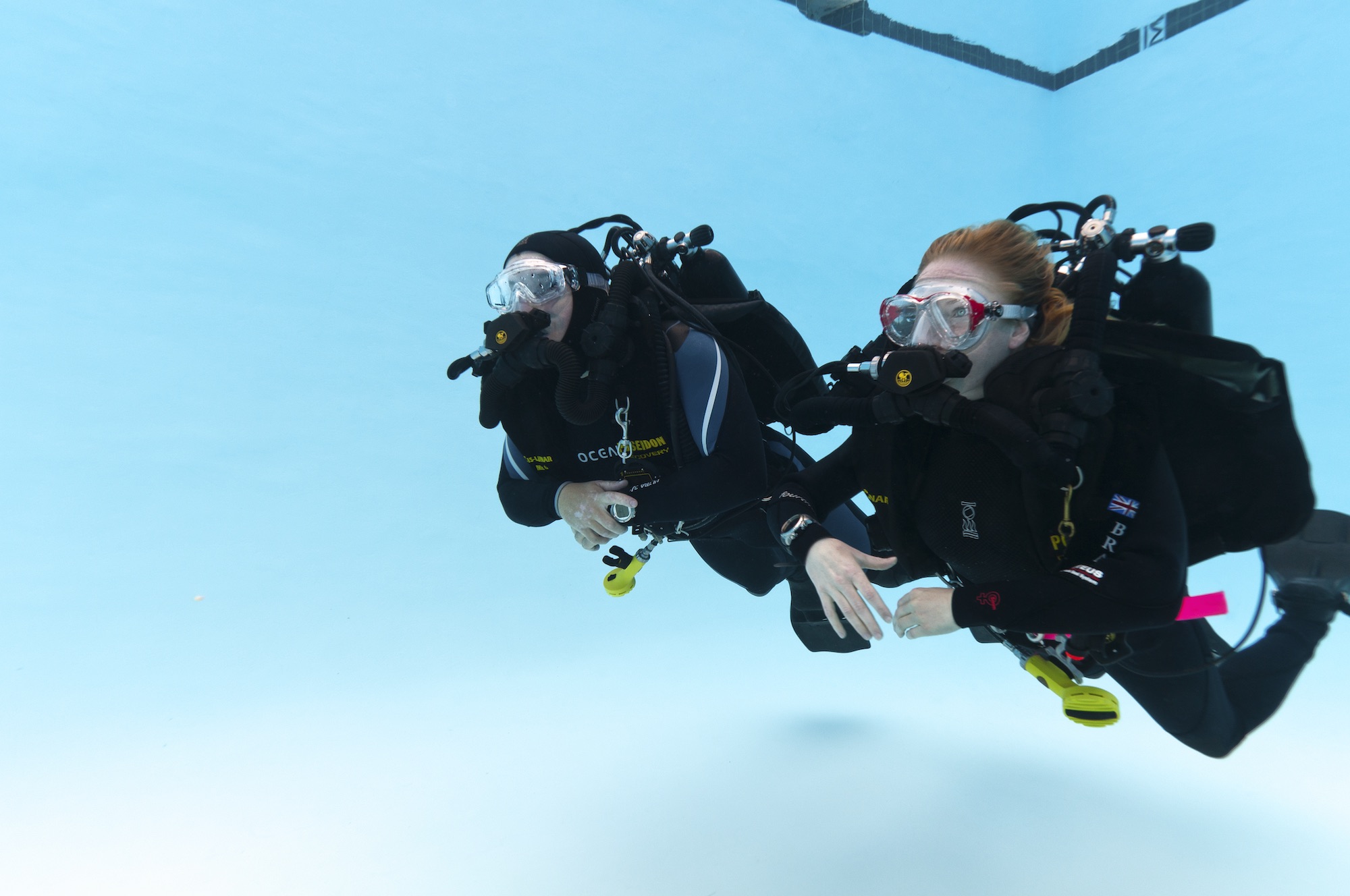
“Having heard many things about rebreathers, I decided it was worth my time to get a bit more acquainted with the technology,” Fuchs says.
It didn’t take long before Fuchs was taking the PADI Tec40 CCR course and learning how to operate the system on his own.
“Diving a rebreather requires persistent training and the commitment of becoming a responsible tec diver,” Fuchs says. “In this type of diving, the rebreather truly becomes a life support system and requires you to really understand how to operate the system.”
During the course, students learn about the CCR unit in intimate detail. Through their training they also learn advanced diving skills as well as more psychological considerations such as the importance of being spatially aware, strong buddy teams, and thorough communication tactics.
Fuchs admits the course had its challenges. “At first, trying on the unit in the pool felt a little bit frustrating,” he says. “My buoyancy was completely off. I had difficulties equalizing, and my mask kept flooding and squeezing water up my nose.”
After a few more days of training, it didn’t take long before Fuchs was enjoying the benefits of Tec CCR diving.
“When I finally got the hang of the unit, diving the rebreather felt like flying,” he says. “Once your buoyancy is locked you can really glide through water and be silent enough to hear your own heartbeat. Our dives became progressively longer and deeper, but our decompression schedules kept staying at a minimum.”
A Tec CCR diving certification also includes mastering vital tasks such as learning to read the unit displays and adjust thegas mixture, monitoring the CO2 filter, and responding to simulated emergencies. But for Fuchs, learning the skills was part of the fun.
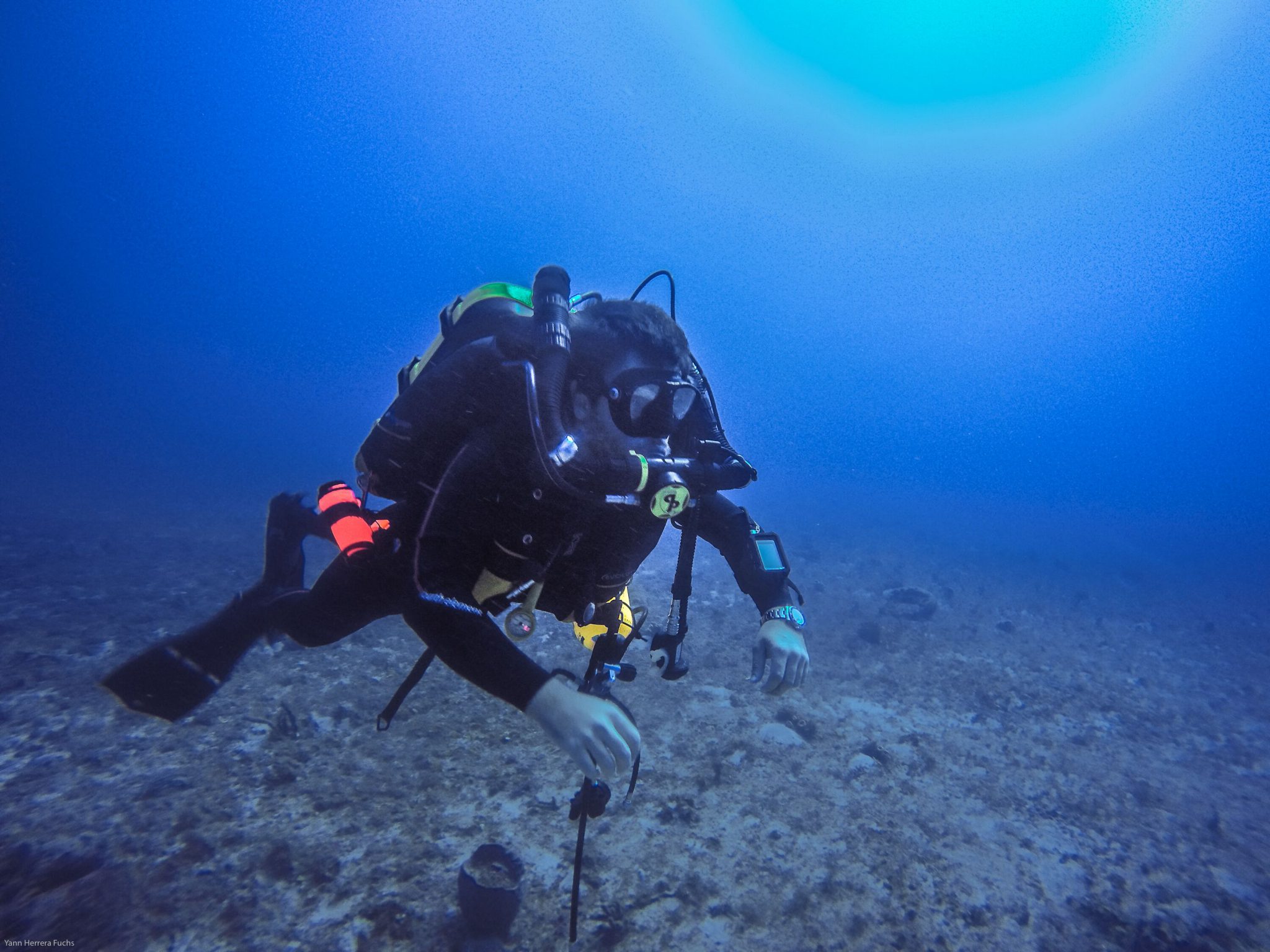
“I learned how to manage common risk-management tasks like flushing the unit to re-establish adequate gas mixtures, and dealing with a flooded loop,” he says.
After finishing the course, Fuchs wasted no time taking advantage of his CCR certification by diving with sharks off West Palm Beach, Florida.
“The instant we reached the bottom I noticed around four bull sharks, but instead of dispersing like they usually do, they stayed around and were actually quite curious,” he says. “We had some really spectacular encounters with groupers that had sizes I’d never seen ever before, comparable to that of small cars!” he says. “And the best part was that we were able to enjoy their presence for about two hours before we went up to the surface.”
Now that he’s had a taste of Tec CCR diving, Fuchs is already planning for the future.
“I am particularly interested in how scientists can monitor and study bottom-dwelling reefs that only until a couple of years ago became accessible to us thanks to rebreather technology,” he says.
From intimate shark encounters to scientific research, Fuchs has discovered first-hand that the benefits of diving go far beyond being bubble-free.
Want to learn more about joining the Tec CCR diving community? Visit PADI Tec 40.
